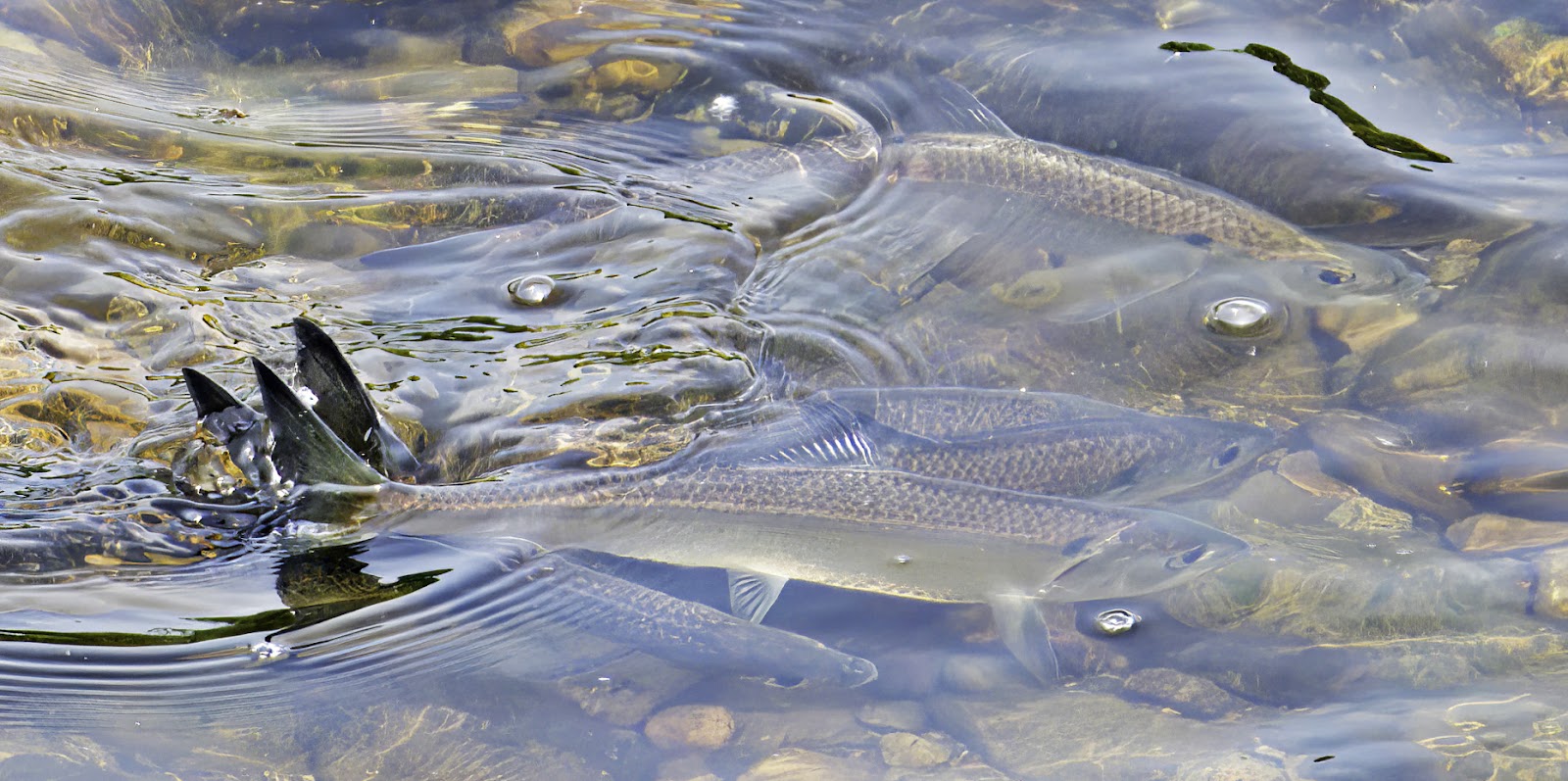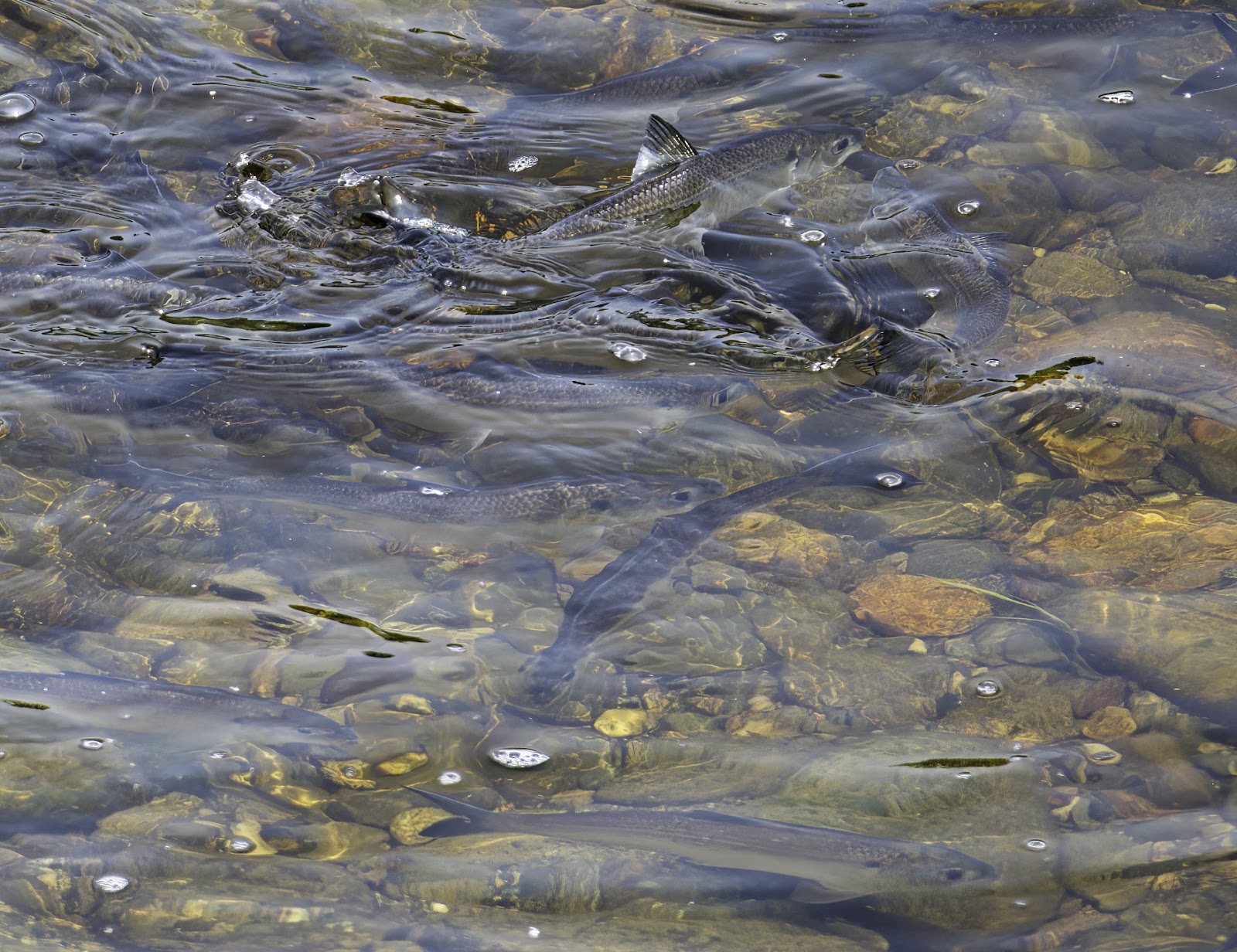NATURE
MONCTON NATURE NEWS
June 13, 2025
Nature Moncton members, as
well as any naturalist in New Brunswick or beyond, are invited to share
their photos and descriptions of recent nature sightings to build a fresh
(almost) daily edition of Nature News
To
respond by e-mail, please address your message to the information line
editor, nelsonpoirier435@gmail.com .
Please
advise the editor at nelsonpoirier435@gmail.com and the proofreader
Louise Nichols at Nicholsl@eastlink.ca if
any errors are noted in wording or photo labelling.
For more information
on Nature Moncton, check the website at www.naturemoncton.com
Proofreading
courtesy of Nichols nicholsl@eastlink.ca
To
view the live feed of the Peregrine Falcon nest cam on the summit of Assumption
Place in Moncton, go to:
**David Lilly shares a photo of a Canadian
tiger swallowtail butterfly with a backdrop of blossoms, a butterfly that
we will enjoy for the next few weeks.
David also sends a photo of a very ‘well-dressed’ and cooperative song sparrow.
**Brian Stone joined Nelson Poirier and Gart Bishop on a scouting
mission the day before the Festival of Nature opened at a spot
overlooking the Little Southwest Miramichi River near the Redbank area.
While they were taking a break from searching for certain flowering
plants, they noticed a disturbance in the water along the edge of the
river and were surprised to see a turbulent mass of gaspereau fish
churning the water in a frenzy of mating. Brian attempted some
"underwater" photography from his high vantage point and shares his
results that turned out reasonably well, considering.
**Nelson Poirier recently observed a gall
on a cedar tree, the appearance of which he had never seen before, which
led to a consultation with Doug Hiltz from the Maritime College of Forest
Technology who, as always, gave a great response which is quoted below:
“Galls on the woody parts of plants
(generally called burls if they are found on the main stems of trees) are
almost always caused by bacterial infections. Galls on leafy or fleshy parts of
plants can be caused by infection or infestation by a number of things,
including bacteria, mites, and insects. However, in the case of
burls, "infection" might give the wrong impression. The bacteria
enter the woody tissue and cause these tissues to swell and grow abnormally,
but it is primarily just to give the colony somewhere to live; it rarely damages
the tree more than cosmetic damage. A fairly benign infection, though
sometimes if the burl goes all the way around a tree, it can girdle it and kill
it. The appearance of the burl can vary greatly depending on the tree species
infected and the species of bacteria causing the infection. Some tree species
are far more susceptible to these infections than others, and I will say that
though there is no way of telling the exact causal agent just by looking at a
burl, I personally have never seen one on a cedar. As much as I like to keep
trees alive and standing as much as possible, I want to cut it open
to see what it looks like inside. Burls often have unique colours and
grain patterns. Very interesting find.”
**Nelson Poirier photographed the developing female
cones of the tamarack tree which are at their most colourful state at the
moment, looking more like a rose than a developing cone.
**This Week’s
Sky at a Glance, 2025 June 14 – June 21
Five millennia ago, Persian and perhaps Egyptian astrologers designated four of
the first magnitude stars (the 20 brightest) as Watchers of the Sky, with each
guarding one of the four cardinal directions. With their proximity to the Sun
at the equinoxes and solstices they were also used to mark seasonal changes.
Collectively, they were known as the Royal Stars.
Regulus in Leo and Antares in Scorpius were two of the Royal Stars, and we see
them now appearing through evening twilight. Regulus guarded the north and
marked the summer solstice, while Antares guarded the west and marked the
beginning of autumn. Fomalhaut, in Piscis Austrinus below Aquarius, guarded the
south and marked the winter solstice. Aldebaran, currently rising in Taurus
half an hour before sunrise, guarded the east and marked the spring equinox.
These stars no longer mark the seasons as they did 5000 years ago due to
precession of Earth’s polar axis, which makes one complete wobble every 25,800
years. On the summer solstice, the Sun is now located near the border of Gemini
and Taurus.
None of the Royal Stars make the top ten in brightness. The brightest star
in the sky for this time of year, Arcturus, is at its highest at sunset. It
precedes almost equally bright Vega, which anchors the Summer Triangle with
Deneb and Altair. Vega reaches its highest point around 2:30 am, half an
hour before Fomalhaut rises . These two stars are the same distance from us at
25 light years.
This Week in the Solar System
Saturday’s sunrise in Moncton is at 5:27 and sunset will occur at 9:11, giving
15 hours, 44 minutes of daylight (5:35 and 9:13 in Saint John). Next Saturday
the Sun will rise at 5:28 and set at 9:14, giving 15 hours, 46 minutes of
daylight (5:36 and 9:15 in Saint John). The summer solstice occurs on June 20
at 11:42 pm.
The third quarter
Moon is approaching Saturn on Wednesday morning
and it is just east of Saturn on Thursday. By next weekend the Moon will be
having breakfast with Venus. Mercury sets 80 minutes after sunset this weekend
and increases that to 95 minutes by next weekend while dimming somewhat.
Jupiter is too close to the Sun for observing as it approaches conjunction. The
highlight of the week will be orange Mars sitting a little more than a degree
above blue-white Regulus on Tuesday evening, and they will easily be within a
binocular field all week.
Tune in to the
Sunday Night Astronomy Show at 8 pm on the YouTube channel or Facebook page of
Astronomy by the Bay.
Questions? Contact
Curt Nason at nasonc@nbnet.nb.ca.
Nelson Poirier.
Nature Moncton








